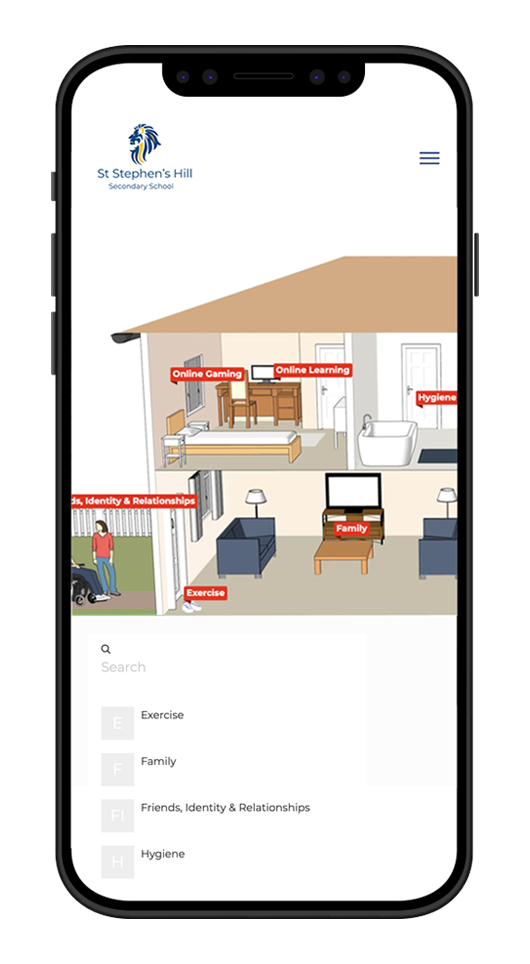School Attendance: Student voice does not stop at the school gates
Although Contextual Safeguarding recognises extra-familial harm can happen at school, for children and young people who have a difficult home life, school attendance can be a haven away from conflict or violence.
School attendance might be a legal requirement, but this is far from the most important reason for a child to attend school. School attendance plays a vital role in a student’s academic journey. Students develop a work ethic and sense of routine that will be replicated in a working environment, and therefore school can be seen as a foundation for future success.
Equally important is the social and emotional development aspect of learning, where they gain opportunities to interact with their peers, form friendship groups, and learn to engage in group activities – all important life skills.
Safeguarding as a key reason for school attendance
An area perhaps overlooked until more recently is the safeguarding aspect of school. Although Contextual Safeguarding recognises extra-familial harm can happen at school, for children and young people who have a difficult home life, school can be a haven away from conflict or violence. This was demonstrated clearly during the pandemic, where instances of domestic violence increased when vulnerable family members were unable to get away from the home environment.
A study, carried out by Royal Holloway, University of London, discovered rates of domestic abuse during the first lockdown had increased far more dramatically than reports from police statistics suggested. By using a new algorithm for internet search data, researchers were able to spot 35 keywords that domestic violence victims most often search on the internet, such as refuge, support, charity, aid, legal protection, and threatening and abusive relationships.
Get our blogs sent straight to your inbox
The study suggests that London police might have recorded an additional 4,700 domestic violence crimes during lockdown over and above the 21,500 that were recorded. If the same number of people coming forward to the police had remained the same as they were pre-lockdown.
Danger in the home continues long past the lockdowns ending and remains a key concern. There were 54 victims of homicide in the UK aged under 16 years in the year ending March 2022 – that’s over one every week. As in previous years, the most common suspect was a parent or stepparent. Data from the NSPCC states that half a million children a year suffer abuse in the UK, including violence, neglect, emotional abuse and sexual harassment and assault.
Identifying risk from within the community
The home isn’t the only place where there are risks outside school. There has been an 82% rise in online grooming crimes against children in the last 5 years. Grooming within the community has been in the news since the most famous case – the Rotherham Grooming Scandal. Evidence was emerging throughout the 1990s, but it took until 2010 for the first group conviction to occur. There are those that say the abuse went on long past this time and continues now.
Grooming gangs are only part of the problem, with perpetrators hiding behind their screens as well. As the online safety bill has now passed, tens of thousands of online grooming crimes have occurred, with 34,000 online grooming crimes recorded by UK police forces over the last six years.
Crimes such as these are some of the hardest to get children to open up about, where groomers convince them that they are at fault or complicate, and even threats of sharing footage or material they’ve gathered.
School Attendance and shining a light on ‘ghost children’
The unfortunate fact is that where children are less likely to attend school, they drop off the map and become what the media call ‘ghost children’. Post-pandemic, many children are more commonly experiencing anxiety. Other reasons are health issues or disabilities, bullying or other issues within school, waiting for a suitable school place, or even financial issues where transport and clothing for school aren’t affordable.
These ‘ghost children’ – often already vulnerable – need support in getting back into and staying in school, as they could be at risk of child exploitation within the community or the household.
Breaking down barriers to reporting abuse at home and in the community
Children and young people of abuse are more likely to be regularly absent from school and so every opportunity you can engage with them is vital. An opportunity missed could mean a serious risk of harm, which is why breaking down barriers to reporting is essential.
It is for this reason that The Student Voice developed the home reporting feature during the Covid lockdowns, to be every bit as vital as reporting issues within the school and community. This provides a fundamental route for young people to report on their home life, family, friendships and relationships, online life, and general wellbeing at home. The interactive map of a generic home is a helpful visual prompt for a child to recognise that their school wants to listen to them and understand their experiences that effect their wellbeing outside of education.
The use of child-friendly technology means that children can report neglect or abuse without the need to seek out a teacher or verbalise what is happening to them, which can often be a barrier.

The Student Voice Home Map – Students can report on all aspects of their wellbeing, including home life, family, online experiences, friends and relationships, identity, outside school clubs, and general health.







